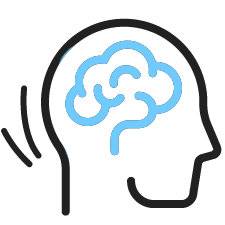In 2016 alone, over 64 million gabapentin prescriptions were filled in the United States, highlighting the drug’s widespread use. As reliance on gabapentin increases, more individuals are encountering difficulties during detox, underscoring the importance of understanding withdrawal symptoms and how to manage them effectively.
Detoxing from gabapentin may bring on symptoms such as anxiety, insomnia, and restlessness, which can be difficult to handle without proper support. Identifying these withdrawal signs and seeking appropriate treatment is essential for a safer, smoother recovery process.





